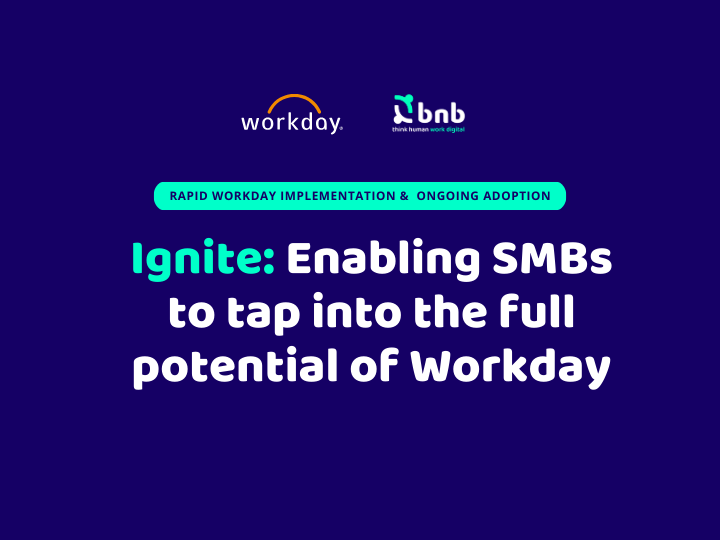I have to admit that I always had an instinctive preference for flat organizations, so I hereby drop any claim to be objective in this article.
The concept is far from being new. Their main trait is that they follow an organizational model with few or no levels of middle management between the executives and employees.
No matter how biased I may be, it is difficult not to agree on some their advantages:
- It is easier to include more people in the decision making process.
- Innovation is favored, as new ideas are proposed without any or reduced middle management filters.
- Communication is clearer as the buffer between the senior management and the staff is reduced.
- It costs less.
So, with all these advantages, how come not all organizations are totally flat? The main reason is scale. The larger the team becomes, keeping an actually working flat organization becomes more challenging.
However, over my years of experience as a manager, the critical point in which a flat organization turns unpractical is moving further and further. Let’s explore the reasons.
Communication Technology
It is undeniable that the changes in communication technology have generated changes in every organization. When I started working, we relied mainly on email and phone calls. Today we have such a myriad of tools that is actually difficult to keep up with the latest apps and gadgets.

The result is that today we can communicate more efficiently with anyone in the organization at any time. What previously required a physical meeting can now be solved in a much more efficient way through a web conference. Instant Messaging made communications simpler in many ways, including lowering the language barriers among different countries (I’ve seen people successfully using Google Translate as a support tool with rather moderate knowledge of a language).
All this implies that flat organizations can scale up more than they did in the past. If your communications are more efficient, it means that you can communicate with more employees in your team. Not only that, the application of the flat organizational model to geographically distributed organizations is now significantly easier.
The Collaborative Organization
We live in a collaborative world. Social Media, Open Source programming and Q&A applications such as Quora or StackOverflow are the living demonstration that people are not only open to collaboration, I would say they eagerly want to do it.
Collaboration is great for any organization, but it has a win-win relationship with flat organizations. Collaboration is greatly favored in a structure with minimal management levels, as by definition anyone is encouraged to participate. On the other hand, collaboration enables to move away from a radial communication flow in which the manager is involved in every communication. This results in more pertinent communication affecting managers, as ideas have been discussed within the team before.
Again, more pertinent communication means that the manager can lead a bigger team. One step further in scaling up flat organizations.
Digital Reputation as Performance Reviews
One of the biggest challenges I’ve faced in scaling up flat organizations was to still be able to provide sound feedback during performance reviews. Writing the traditional top down performance review is a time consuming task, and the bigger the team you need to manage, the more complex it becomes to substantiate the feedback you provide.

Fortunately, some tools as 180º and 360º reviews have been around for a while. This approach is collaborative in essence. I remember years ago chasing up some colleagues in order to obtain the feedback I needed to complete a performance review.
Today, we are used to providing feedback and, more precisely, digital feedback. Over time, this digital feedback becomes a digital reputation. This is the factor that made possible big corporations such as Airbnb. Without the digital reputation, you would not know if an apartment is really suitable for your needs or if a guest is someone you would like to have in yours.
When it comes to organizations, performance review applications have evolved in order to allow real-time feedback from anyone to anyone in an organization. The provides a much more solid approach to performance reviews, in such a way that many companies have eliminated them altogether.
Thus, you can still nurture your workforce career development with appropriate feedback without limiting the scale of your reporting team.
What You Do is What You Are
One of the often mentioned disadvantages of flat organizations is their effect on employee retention. The impossibility of providing job position promotions could make some people look for them somewhere else.
My feeling is that over the last years, this is decreasingly happening. Most people are today looking to learn and do new tasks instead of a given job title. It is true that this is not the case for everyone, but there is certainly a trend in this direction. This shift in career expectations is probably coming from millennials, but not only affecting them, as many others seem to be adopting it.
The key success factor in keeping a team motivated without career progression is to empower them so they can actually make a change in the organization through their contribution. If the staff does not find room for real action, they will leave.
Conclusion
The barriers blocking the escalation of flat organizations are lower than ever. There are still challenges for large organizations to adopt this approach, but we should not be surprised to see more and more examples of them in the future.
*This article was originally published on Linkedin



